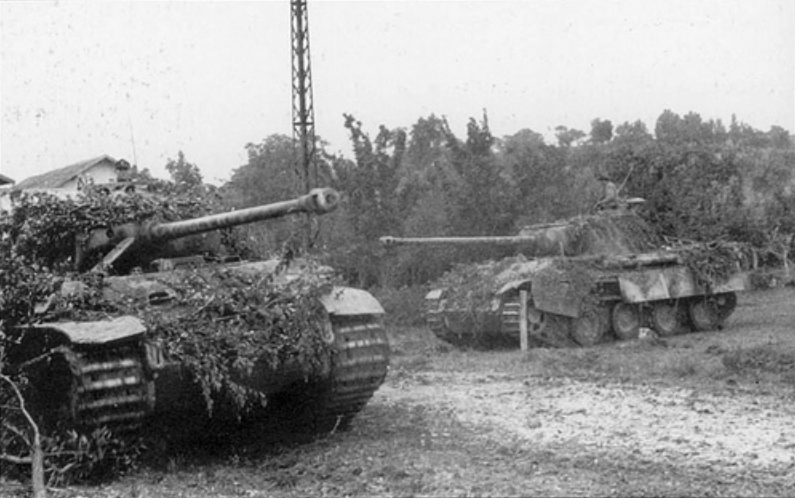
MODERN TANK BATTLES FULL
The modernisation effort focuses on commander’s independent thermal viewer, position navigation equipment and a full set of controls and displays linked by a digital data bus. US’s M1A2C fire control system is also upgraded to extend its service life until 2050. Russia’s T-90S tank has the automatic 1A4GT integrated fire control system, which automatically calculates firing range, sighting angle, deflection firing angle, wind velocity, angle of declination of the cannon, temperature of ammunition and atmosphere, pressure at the muzzle, and types of ammunition. Currently, both new and upgraded tanks are equipped with autonomous fire control systems to assist them in targeting, tracking and hitting targets at long distances, improving their combat effectiveness in any conditions (day and night, fixed or mobile). This not only helps to save space inside a tank, but also enhance credibility.Īutonomous fire control system is indispensable for promoting firepower of tanks. The missile has a length of 460 mm, which makes it possible to be kept and loaded like normal rounds of tank gun ammunition. It takes the missile only five seconds to hit the target 4 kilometres away. Russian-made 9M119 missile is known as AT-11 SNIPER by NATO due to its extremely high initial velocity. This is the reason why gun-launched missiles are widely deployed on Russian platforms. Therefore, most Russia’s gun-launched missiles can be integrated with existing tank guns and fire control systems. Currently, Russia designates gun-launched missiles as standard supporting weapons of its tanks.

Gun-launched missiles must be capable of automatic target detection and recognition, flexible tactics, and engaging low-flying targets and unarmoured targets. The development of gun-launched missiles brings about beyond-visual-range combat capability, extending the range of engaging targets. Some cutting-edge technologies of tank ammunition are being researched and developed by countries include armour-piercing fin-stabilised discarding sabot (APFSDS), cassette warheads to destroy troops, hyper velocity projectiles, active armour-piercing ammunition, top-attack shells, armour-piercing shells fitted with electronic primers, and so forth. The core of armour-piercing rounds is made from tungsten carbide or uranium. Lethality of these projectiles is increased through using composite material. Militaries are focusing on innovating and upgrading their existing projectiles, developing next-generation ammunition with homing capability, generalising and diversifying tactical role and range through application of guidance technologies such as laser, infrared (IR), inertial navigation system (INS), global positioning system (GPS), laser and IR combination guidance, INS and GPS combination guidance, and so on. The muzzle energy of this tank gun can reach 18 megajoules (MJ), which is almost double that of the most advanced tank guns currently. The trend in development of larger calibre guns is also shown in the Russia’s T-14 Armata tank, which is rumoured to have a 135mm smoothbore barrel. These guns can fire many types of projectiles, including laser-guided missiles. Increased power of tank guns is achieved by longer barrel with larger calibre as has been demonstrated in 2A46M 125mm gun for Russia’s T-90S tank or L-55 120mm gun for Germany’s Leopard 2A7 tank. Next-generation tank guns are characterised by longer range, higher accuracy and superior firepower. Together with rapid development of science, technology and military technology, the development of tank guns has recorded significant breakthroughs, ensuring their necessary firepower to destroy different targets. Tank guns are the main armament, which decides firepower of tanks. Accordingly, tanks and armoured vehicles are being developed in the direction of improving firepower, lethality, equipping with protection systems, enhancing mobility, command and control, and communication by countries. These types of tanks will be the primary weapons of militaries in many coming decades. Given their important role in providing supporting fire for the infantry, many countries still invest in development of tanks although they are being labeled as obsolete “war machines.” Today, the operational environment and conditions of modern warfare have profoundly changed, and the world is witnessing a robust reemergence of next-generation tanks.

Development of tanks that are capable of fulfilling multiple roles, have superior firepower, survivability and mobility, operate on various terrains, in any weather conditions and contested electronic warfare has become a major trend around the world. Tanks remain an indispensable fighting instrument in modern warfare.


 0 kommentar(er)
0 kommentar(er)
